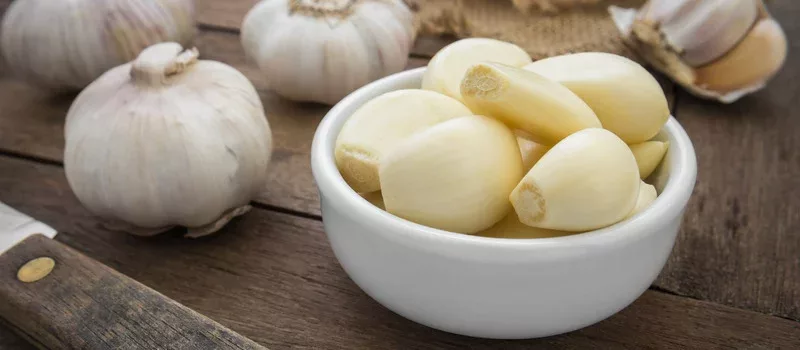
Health benefits of garlic
In this article
History of garlic
In medieval times, garlic was used on a wild range of ailments.
Active constituents of garlic
Garlic contains many medicinal constituents, including sulphur compounds, saponins, phenolic compounds, and polysaccharides. The sulphur compounds in garlic, particularly alliin and its by‐products, allicin and ajoene, have been studied extensively and are believed to be responsible for Garlic’s many health effects.
These compounds are produced when garlic is crushed, cut or chewed. They are also accountable for garlic’s distinct odour.
Medicinal actions of garlic
- Immune support — Garlic contains bioactive compounds that help healthy function of the immune system.
- Cardiovascular health — Numerous studies have found that garlic supports cardiovascular system health.
Garlic and supplementation
Garlic is readily available as a food and raw garlic is a valued source of allicin the therapeutic sulphur compound found in garlic. Garlic supplements are also available and has been used in traditional Western herbal medicine to relieve nasal congestion and clear respiratory tract mucous. Look for garlic combined with herbs such as horseradish and fenugreek.
Garlic also supports cardiovascular health. Look for odourless formulations to help reduce any garlic aftertaste.
Look for garlic in the Nature’s Own™ range .